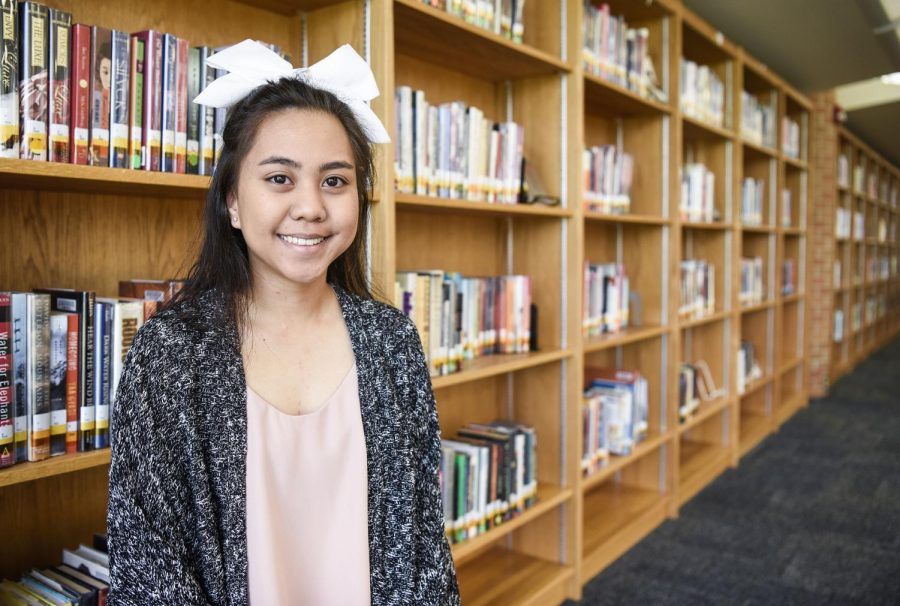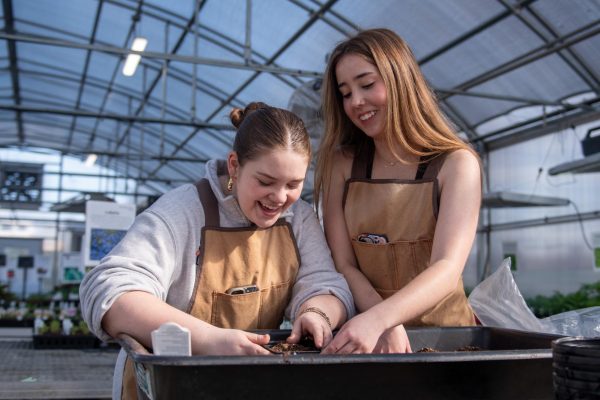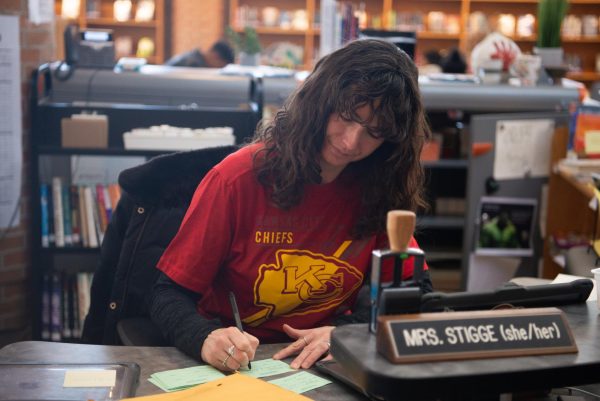From Immigration to Graduation
May 11, 2018
Most seniors have a good idea of what they will be doing after high school, especially if they are top-of-their-class, remarkably involved students. Senior Gia Vargas is a prime example of this model student, so she must be uber busy applying to colleges, right?
Wrong.
Vargas began applying to colleges later than the rest of her class. Not because she does not have the GPA or test scores, but because she is not a naturalized U.S. citizen, so she cannot apply for federal aid (FAFSA).
Both Vargas’ mother and stepfather are American citizens and Vargas holds a green
card. According to Vargas, after her mother became a naturalized citizen, the family needed to focus on school and work rather than her citizenship. In addition, the family was misinformed on the process of citizenship for children under 18.
“My stepdad told me to hold off on applying for colleges until I get my citizenship straightened out,” Vargas said. “I like getting things done right away, so I had already started filling out applications. It was frustrating to not be able to submit. I don’t want to lose out on scholarships because I applied late.”
After growing up in America, this has become her home. In the Philippines, resources were limited and Vargas’ mother had to work exceptionally hard to provide for her. Now, Vargas wants to succeed in order to help out her mother.
“Being a citizen is very important,” Vargas said, “I have grown up most of my life . This is where I learned to find myself. I take pride in this country and I love the people here. And I want to be able to provide for because she has always provided for me. In the Philippines, she would give me her food and now she works so hard to help me with college.”
Vargas moved from the Philippines when she was seven-years-old. She had no idea how different it would be in the United States. She expected the food, clothing and everything else to be different, but was pleasantly surprised by the similarities between America and the Philippines.
“I thought everyone dressed differently, but it was the same type of clothing and the food was the same,” Vargas said. “My mind was blown. When we got here, the first place we went was Walmart. I went through the aisles and saw Pantene and Head & Shoulders and I was like ‘Oh my gosh, they use the same stuff as us.’”
Vargas is using her green card to apply for colleges, while her citizenship is being finalized, but she still has to make the decision on what she wants to pursue. Currently, she is deciding between computer science and pharmacy.
“If I chose computer science, I want to go to University of Texas because I hear so many great things and they have a great program,” Vargas said. “Tuition is a big challenge for that, however. For pharmacy, I wouldn’t mind going to University of Kansas.”
A few months later, Vargas found out that she in fact does have citizenship.
“I was stressed out one morning trying to send documentations to colleges and I thought that if I didn’t have my proof of citizenship I wouldn’t get accepted into college. But, I called KU and they told me that I could just use my green card for now.”









